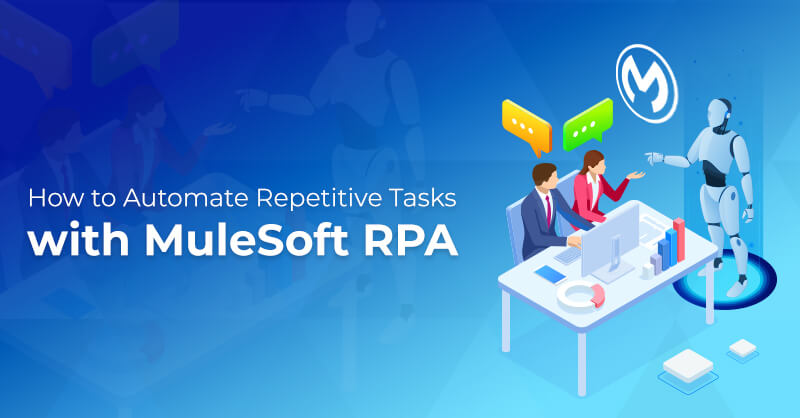- Adobe Experience Cloud
- AI-Powered Search
- Apache Kafka
- API
- Apigee
- App Connect Enterprise
- Awards
- AWS
- Big Data
- BigCommerce
- BPM
- Chatbot
- Chef
- Cloud
- Cloud Managed Services
- Cognos Analytics
- commercetools
- Confluent
- COVID-19
- CRM
- Customer Experience & Analytics
- Data Engineering
- Data Governance
- Data Services
- DataPower
- Dell Boomi
- DevOps
- Digital Business Automation
- Digital Experience
- Digital Services
- Docker Orchestration Tool
- Ecommerce
- ELK Stack Consulting
- Emerging technology
- Enterprise Modernization
- Event
- Finance & Operations
- Google Analytics
- Google Cloud Platform (GCP)
- Hats
- HCL Commerce
- Headless Commerce
- Hybrid Cloud Infrastructure
- IBM B2B Integrator
- IBM Cloud Pak
- IBM Cloud Pak
- IBM Cloud Private
- IBM Integration Bus
- IBM MobileFirst
- IBM Rational
- IBM Sterling OMS
- Integrations
- IoT
- Jenkins
- Kubernetes
- MACH
- Machine Learning
- Magento
- Mailchimp
- Mainframe
- Marketing Automation
- Microservices
- Microservices Architecture
- Microsoft Azure
- Microsoft Dynamics
- Mobile Application Development
- Mobile Services
- Mulesoft
- Optimizely
- Order Management
- Portal
- Process Automation
- PWA
- Quality Assurance
- Red Hat OpenShift
- RPA
- SaaS
- Salesforce Commerce Cloud
- SAP Commerce Cloud
- Security
- Service Mesh
- ServiceNow
- SharePoint
- SOA
- Solace
- STIBO
- Subscription Commerce
- SystemZ
- Test Automation
- UXD Services
- Visual Search
- Voice Search
- VTEX Commerce
- webMethods
- WebSphere MQ
Royal Cyber Blog
October 2, 2023
October 2, 2023
Salesforce Order Management (SF OMS) is a central hub […]
Do you like it?
September 19, 2022
September 19, 2022
There is an increasing need for automation in managing […]
Do you like it?
September 17, 2022
September 17, 2022
If you’re tired of doing boring, repetitive tasks or […]
Do you like it?
September 15, 2022
September 15, 2022
ServiceNow Tokyo is a new release of the ServiceNow […]
Do you like it?
September 13, 2022
September 13, 2022
The new robotic process automation (RPA) capabilities provided by […]
Do you like it?
September 9, 2022
September 9, 2022
Disaster recovery as a service (DRaaS) helps maintain business […]
Do you like it?
September 7, 2022
September 7, 2022
According to a recent study, in every major organization, […]
Do you like it?
September 5, 2022
September 5, 2022
With new customer expectations and operating models to match, […]
Do you like it?
September 3, 2022
September 3, 2022
Do you know that the main reason Robotic Process […]
Do you like it?









